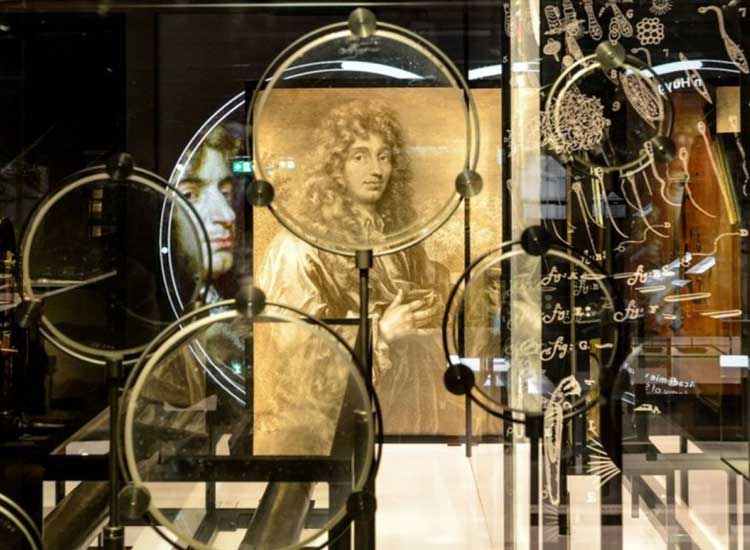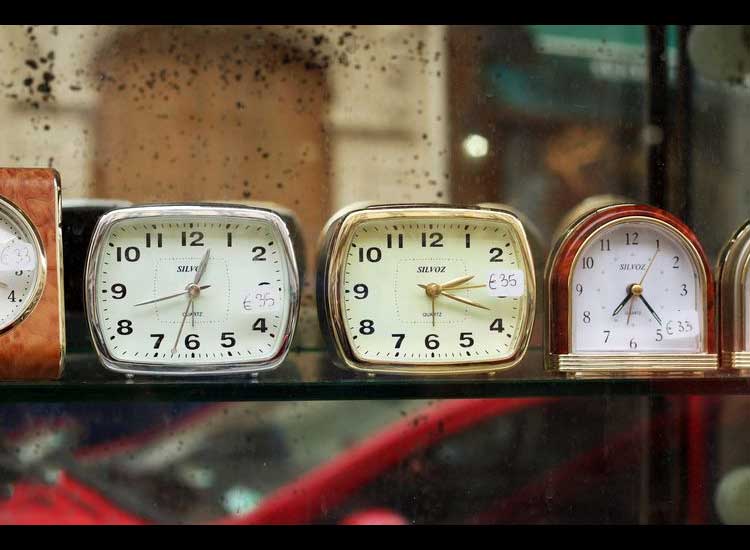Who is Christiaan Huygens, Known as the Discoverer of Saturn’s Satellites? – Christiaan Huygens was a polymath, a figure known for his knowledge that was not limited to just one field.
During his life, Huygens made significant contributions to the fields of mathematics, physics, engineering, and astronomy.
So, who was Christiaan Huygens and why is his name so memorable, especially in the field of astronomy?
Huygens is best known for inventing the pendulum clock, proposing that light is made of waves, helping to uncover the secrets of Saturn’s rings and discovering Titan, Saturn’s largest moon .
In his honor, the European Space Agency’s spacecraft that landed on Titan on January 14, 2005, was even named Huygens.
But who would have thought, behind his knowledge, Huygens kept a secret that perhaps not many people know about.
Christiaan Huygens suffered from nearsightedness
Quoted by Live Science , Wednesday (8/3/2023), a new study revealed that the famous Dutch astronomer likely suffered from nearsightedness .
This finding explains why Christiaan Huygens‘ telescope was not as good as his peers’. This is because he built his own telescope, along with his brother Constantijn, which he used to make his astronomical discoveries.
However, despite Huygens’ success in the field, subsequent analysis of his telescope revealed that his instrument did not produce images with as much resolution as those produced by his contemporaries, even though the lenses he made were of the highest quality.
In a new study published March 1 in the journal Notes and Records: the Royal Society Journal of the History of Science , researcher Alex Pietrow of the Leibniz Institute for Astrophysics Potsdam in Germany conducted the analysis.
According to his findings, the lens used in Huygens’ telescope matched the eyepiece of the instrument and found that the astronomer was probably nearsighted.
“Huygens didn’t need glasses in everyday life, he probably didn’t think about it when he was building his telescope. So he didn’t consciously include this eye defect in his design. That’s what prevented Huygens from building a more powerful telescope,” Pietrow said.
How Christiaan Huygens built his telescope
Nearsightedness or myopia is a common vision condition in which objects that are close appear clear, while objects that are far away appear blurry. This eye disorder is often caused by an elongation of the eyeball.
In people without the condition, when light rays are bent, or refracted, into the eye, the light is focused on the retina at the back of the eyeball which sends signals to the brain which are interpreted into an image.
However, in people with myopia, the shape of the eyeball causes light rays to focus slightly in front of the retina, which makes the resulting image somewhat blurry.
This certainly raises an interesting question about how Huygens then made his telescope and succeeded in discovering Titan, Saturn’s largest satellite.
Huygens built his telescope through a process of trial and error by matching various combinations of lenses and eyepieces (the type of lens mounted on various optical devices such as telescopes).
After perfecting the process, Christiaan Huygens created a mathematical table listing optimal lens pairs, which he used to build all subsequent telescopes.
Pietrow believed that Huygens inadvertently compensated for his nearsightedness so that the images produced by his telescope appeared clear to him.
Based on mathematical tables written by Huygens, Pietrow believed that Huygens’ vision could be corrected with glasses of –1.5 diopters, indicating the astronomer’s myopia was not too severe.
As a result, Huygens did not need glasses in his everyday life and may have been completely unaware of his condition.
Pietrow also added that Christiaan Huygens’ ability to determine exactly how nearsighted one was meant to be likely the first eyeglass prescription ever, since it was made by someone who lived almost 330 years ago.





